 Quick update to my recent Syncplicity review:
Quick update to my recent Syncplicity review:
In the meantime Microsoft’s Windows Live Mesh opened to the public, combining synhcronization and backup – also competing with their own Foldershare. Now a word on what will happen to Foldershare, but I guess the writing is on the wall. That said, Live Mesh just failed for me the second time, so I can’t really recommend it.
Another service, Dropbox is getting a lot of buzz nowadays, largely to a smart theme of giving out limited numbers of beta invitations. Apparently artificially created shortage is good marketing, bloggers LOVE being able to give away 10 or so invites…
 Dropbox has one advantage over Syncplicity: it’s multi-platform, including Apple’s OS X and Linux, whereas Syncplicity is Windows only for now. But that’s where it ends: it has less features (forget Web Apps integration, e.g. Google, Zoho, Scribd, Picnik), and has what I consider a huge flaw: you have to drop your files into a dedicated folder to be synchronized. That may be reasonable if you want to collaborate on a limited set of files, but it simply does not resolve the “access to all my data anywhere, anytime” problem. It’s certainly a show-stopper for me.
Dropbox has one advantage over Syncplicity: it’s multi-platform, including Apple’s OS X and Linux, whereas Syncplicity is Windows only for now. But that’s where it ends: it has less features (forget Web Apps integration, e.g. Google, Zoho, Scribd, Picnik), and has what I consider a huge flaw: you have to drop your files into a dedicated folder to be synchronized. That may be reasonable if you want to collaborate on a limited set of files, but it simply does not resolve the “access to all my data anywhere, anytime” problem. It’s certainly a show-stopper for me.
So if you’re waiting for a Dropbox invitation, you might as well try Syncplicity – you’ll love it. And if you sign up here, you get 1G more, i.e. 3G of free storage instead of the standard 2G.
Update: I received a very good, constructive comment from Assaf, who pointed out this was a largely negative post. In my mind this post is an extension of my original Syncplicity review, but now that I re-read it on it’s own, I agree with Assaf. Please read my response here, that makes this post complete.


 .
. Synchronization
Synchronization Backup
Backup . On a more serious note, what I really would like to see is full Syncplicity<>Zoho integration, like it works with Google today (and since Zoho supports more Word functions, the conversion should be less lossy). And while on the wish-list, how about sync-ing to Flickr?
. On a more serious note, what I really would like to see is full Syncplicity<>Zoho integration, like it works with Google today (and since Zoho supports more Word functions, the conversion should be less lossy). And while on the wish-list, how about sync-ing to Flickr?

 . (Yes, I know, we get what we pay for, and this is a free service – it’s still a ridiculous outage.)
. (Yes, I know, we get what we pay for, and this is a free service – it’s still a ridiculous outage.)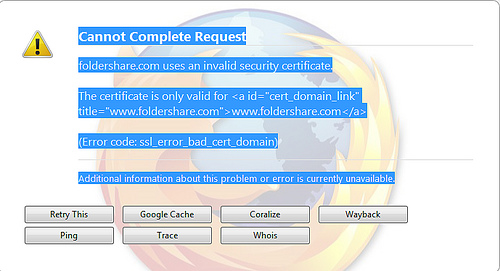
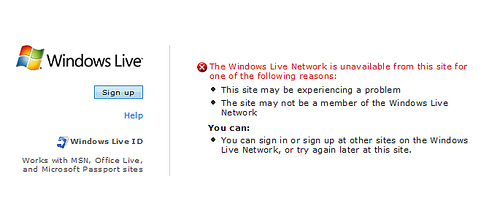
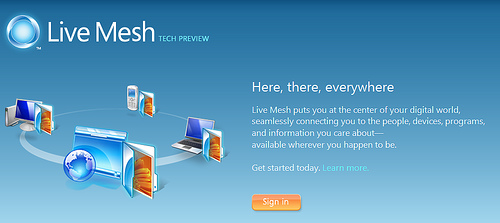
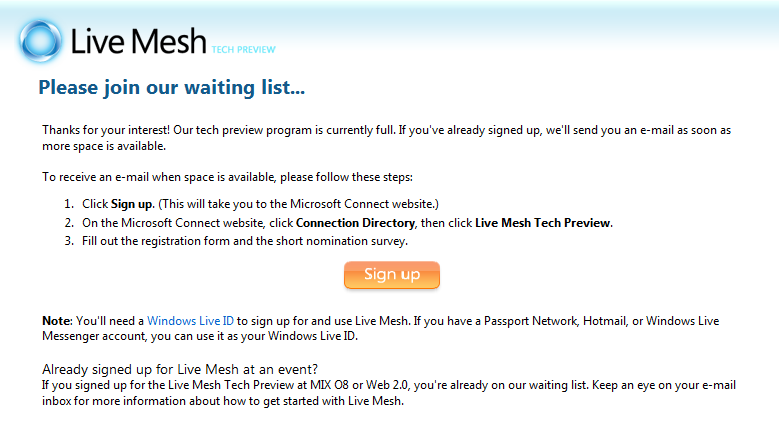
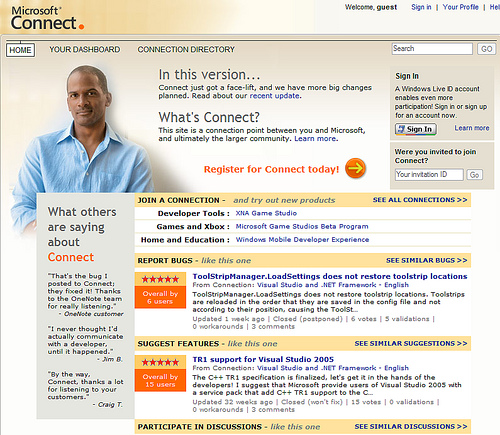
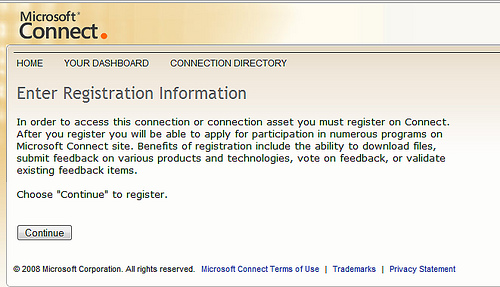
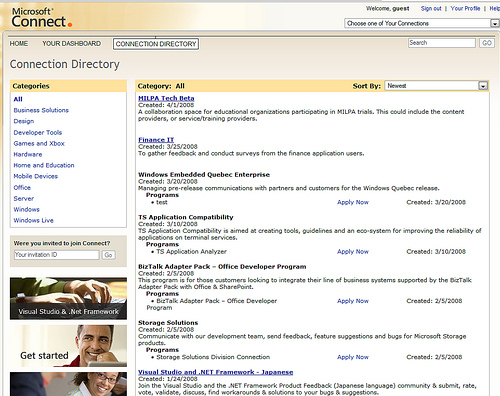
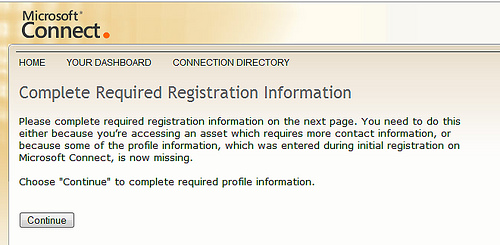
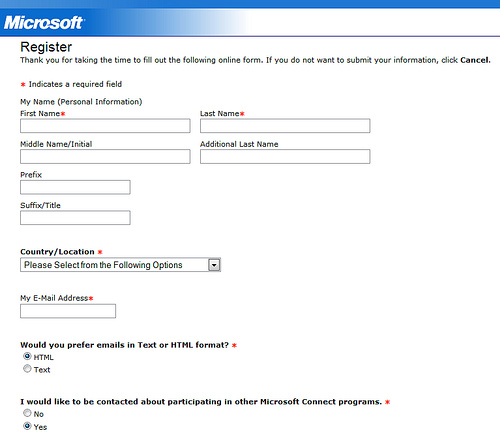


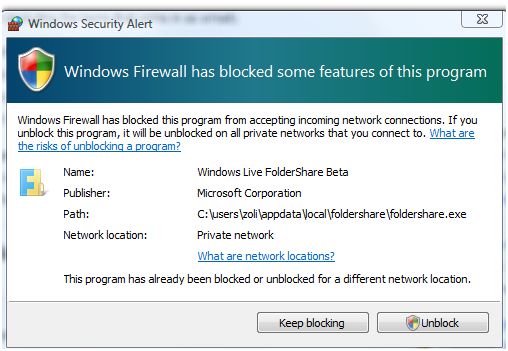
 Foldershare
Foldershare



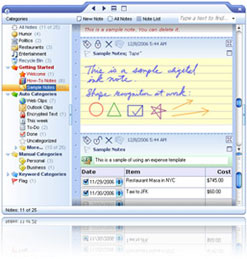 EverNote was my favorite notetaker for several years – now I have a love and hate relationship with it. Why?
EverNote was my favorite notetaker for several years – now I have a love and hate relationship with it. Why?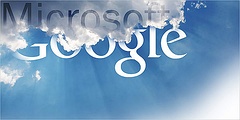

Recent Comments